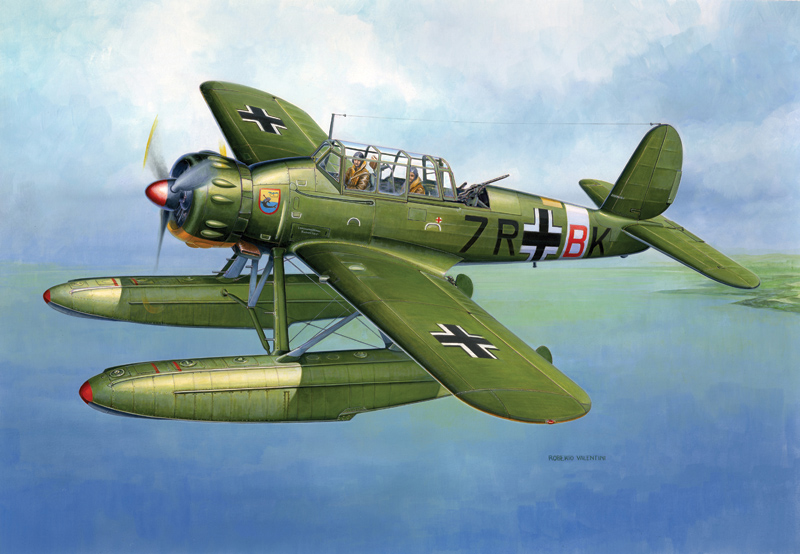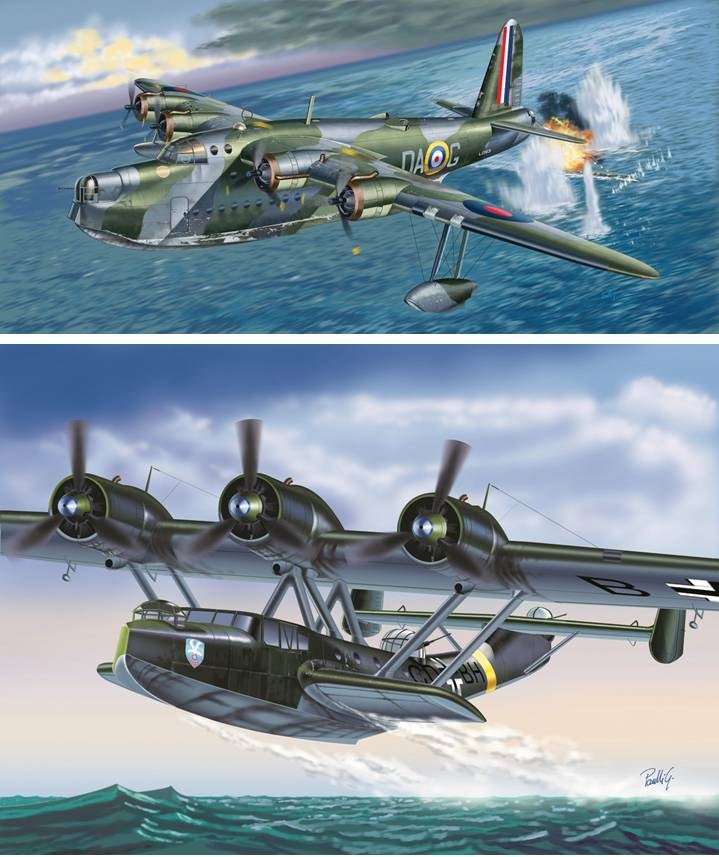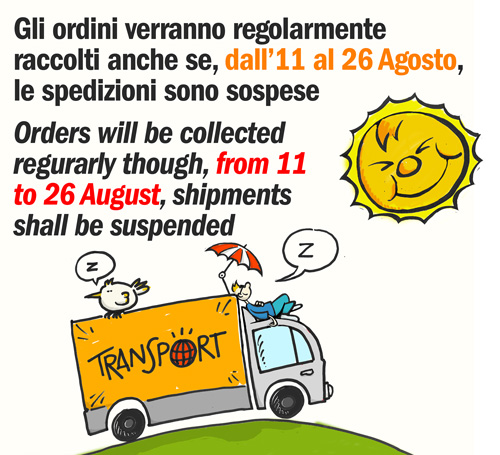ITALERI NEWS
FOCUS ON
16 Maggio 2012
OUR IN DEPTH REVIEW : THE FLYING BOAT
.jpg)
The history of seaplane begins in the early years of twentieth Century. The first flight took place in the south of France, on 28th March 1910. One step forward, to improve the performance and the reliability was done, few years later, from the Italian pilot Mario Calderara, in the waters of the Gulf of La Spezia.
Thanks to its versatility the seaplane, able to take off and land on water, the success for commercial and military applications was quick and decisive. The golden era of seaplane was between the two World Wars. Especially in the '30s, a rapid technological development of aircraft occurred. At the same time a decisive improvement in logistic structures and facilities took place. The “Water Airports” became important logistic connection points between aerial, maritime and land transportation systems.
In Italy, great attention was done by Italo Balbo’s transatlantic flights. From 1st July to 12th August 1933, Balbo himself led a flight of twenty-four flying boats Savoia Marchetti S 55 from Orbetello, in the south of Tuscany, to Chicago. The characteristic shape of S 55, with its two inline counter-rotating propellers, became famous all over the World. Not only transatlantic cruises but also races and competitions. The most extreme evolution of the flying boat was the seaplane for speed race. The most famous competition was the Schneider Trophy. The race was held up to 1931 with the specific purpose to encourage the technical improvement, either in engines or in design. Between 1927 and 1393 the aircraft speed record belonged to seaplanes. The Italian seaplane Macchi MC 72 had a top speed over 700 Km/h thanks to its 3,100 hp 24V liquid-cooled engine.
However, the most rapidly development was done the military field. During World War II, most navies used seaplanes for reconnaissance, search and rescue and anti-submarine warfare duties. Battleships and heavy cruisers carried on board some catapult-launched seaplanes to spot targets and to support the fire of artilleries. They were generally characterized by compact size and folding wings to make easier the loading on board. Among the most famous seaplanes we can pointed out the German Arado Ar-196 (the well-known battleship Bismarck embarked 4 Arado), the Italian IMAM Ro 43 (on board of Littorio and Vittorio Veneto battleships), and the U.S. Navy Vought OS2U Kingfisher. 
Arado Ar-196 (artwork of our scale model kit 2675)
Bigger size, with multiple engines, seaplanes operated from costal area airfields to task long range reconnaissance, patrol and antisubmarine duties. The most famous are perhaps the British Short Sunderland and the American Consolidated PBY Catalina. 
Short Sunderland Mk.I and Dornier Do-24 (artworks of our incoming new scale model kits)
We should also mention the German Dornier Do-24 (Dornier was maybe the first Company to invest in product developing and widespread applications in seaplanes field such as the Dornier Wal, produced under license by several manufacturers) or the Italian Cant Z 501. We have also to remember the Italian three-engines Cant Z 506 Airone. The plane was characterized by an extraordinary longevity and it has been used until the ‘60s with the Italian Air force in S.A.R. missions.
Cant Z 506 (atrwork of Supermodel box and picture taken at the end of '30s)
The evolution of technology and performance, from the late '40s, guaranteed by jet engines however, has rapidly made obsolete the concept of seaplanes. The performance of seaplanes are, in fact, limited by the configuration, the shape and the design. Furthermore for some embarked duties the seaplanes was quickly replaced by the helicopters. Today, however, the seaplane continues to have its values in a very specific niches where it is absolutely indispensable.

